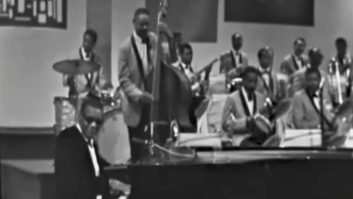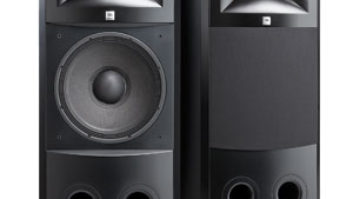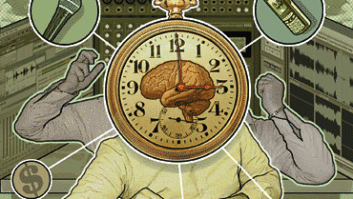It wasn’t that long ago, maybe 10 years or so, when there was talk bout trade shows being on their way out. People speculated that they’d soon replaced by virtual versions, in which you would navigate through the “aisles” on your computer, stopping at different “booths,” seeing new products, and even, perhaps, chatting via text messaging or video with employees of the exhibitors, who, in reality, would be sitting at their desks back at their home offices.
The idea of a virtual show came about because of the improvements in Internet bandwidth and computer processor speed that made real-time video chatting much more workable. Also key was the newfound (at the time) power of online marketing, which made some of the functions of a trade show, especially the announcement of new technologies, something that could be handled by an email blast.
Read more Mix Blog Studio: When Bad Sounds Good, and Vice Versa.
Back then, several large music manufacturers decided to stop attending NAMM shows. They figured that the money they were spending renting booths and shipping gear off to Anaheim every year—not to mention sending groups of employees on expense accounts—could be saved by stepping up the marketing of their products and providing more and better info and videos on their own websites, under their control.
Since that time, I haven’t heard much about the virtual trade show idea. And most of those big companies that left NAMM haven’t come back, at least to my knowledge.
So why am I talking about this? Well, I’ve got trade shows on my mind because last week I attended the annual AES convention in New York City. As usual, it was held at the Jacob K. Javits Center, which is a decent enough facility as far as they go, but suffers from being in the middle of nowhere—as much as that’s even possible in Manhattan.
AES is a small gathering compared to NAMM, but it grew by some 50-plus exhibitors/sponsors this year and has been strengthening its still-new relationship with the NAB Show held next door. It’s still an important show for the recording and music industries. Plenty of new products were on display, and because the exhibits were confined to a single hall, it was inevitable that over the course of a day, I ran into almost everybody I knew who might be there.
The human interaction—it’s not there in a virtual trade show. By definition. Sure, you could chat over video with people, but you couldn’t grab a cup of coffee or have dinner or drinks after the show with them if you’re not even in the same city or country. Cliché as it sounds, the human interaction at trade shows—networking, seeing old friends, building new business relationships, spontaneously having dinner with an old friend—is crucial to the health of the industry.
Because virtual technologies have advanced so much over the past ten years, perhaps in-person trade shows will go away like people were predicting back then. If you Google “virtual trade shows,” you’ll see that plenty of companies offer hosting for such events.
Someday, maybe each attendee will go to the show by putting on a headset. It could be cool; instead of alternating between New York and San Francisco, AES could pick its location, even a new one for each day: The Moon, under the Atlantic Ocean, inside the Grand Canyon or just about anywhere.
What’s more, you wouldn’t have to deal with the hassles of flying to another city, schlepping to and from the airport, paying union Columbus Day rates, and so forth. Since you’d still be at home, the food would be a lot better and cheaper.
Still, by removing real human interaction, a virtual trade show couldn’t possibly generate the sales, leads and connections—or the hangovers—that the old-school shows do. Perhaps, in the not-too-distant future, we’ll find out if that’s true.







